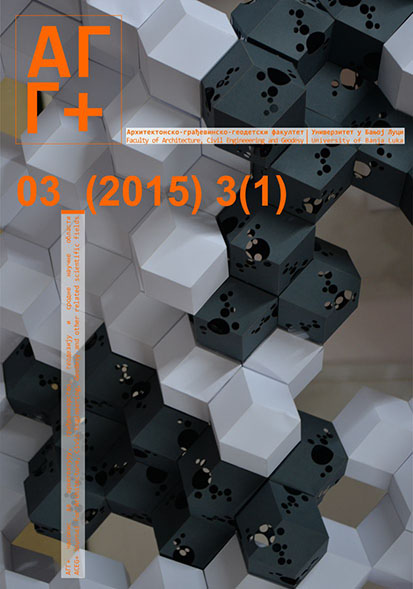Spatio-temporal types and data analysis in Big Data paradigm
DOI:
https://doi.org/10.7251/AGGPLUS1503066AKeywords:
Geospatial data, Big Data, Apache Spark SQL, Data Frames, OGCAbstract
The model for managing large volumes of spatio-temporal data is implemented in Apache Spark platform for storing and processing large sets of data. The algorithms for processing spatio-temporal data are defined according to the rules of Spark SQL programming model and relational operations on dataframes (specialized system of data frames) using domain specific language (domain-specific-language → DSL). With the introduction of spatio-temporal data types, a standardized approach to a Big Data paradigm is enabled.Downloads
Published
2015-12-30
How to Cite
[1]
M. Amović, M. Govedarica, V. Pajić, and S. Vasiljević, “Spatio-temporal types and data analysis in Big Data paradigm”, AGG+, vol. 3, no. 1, pp. 066-075, Dec. 2015.

